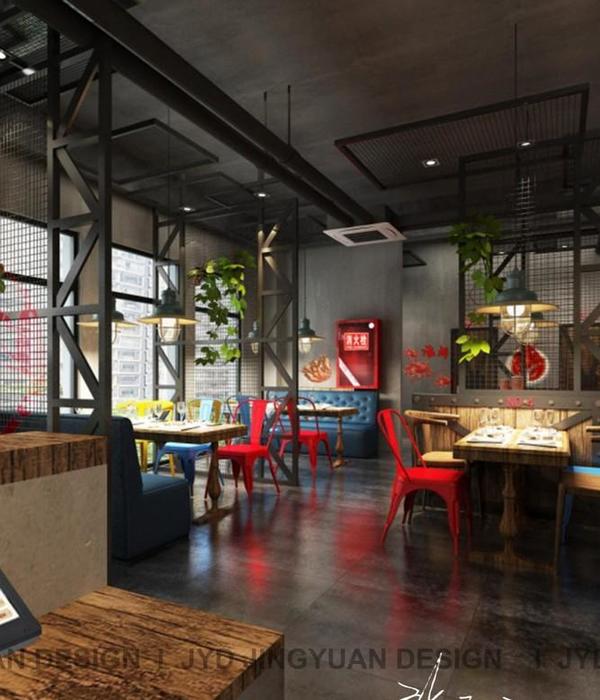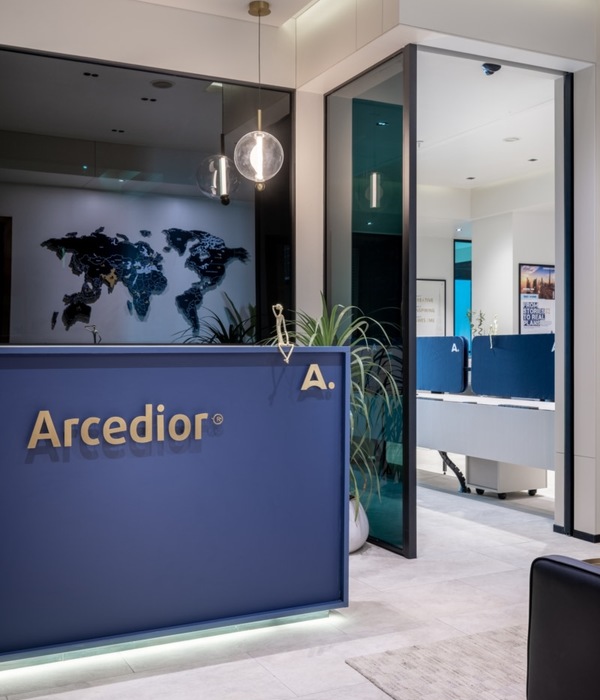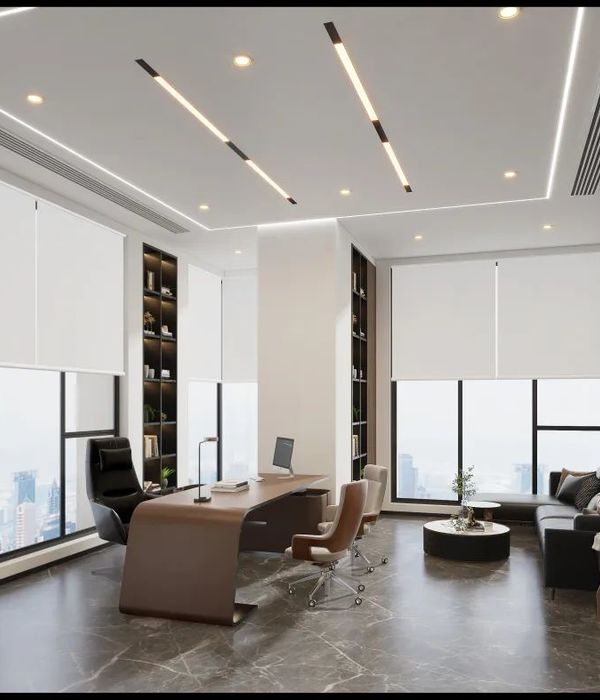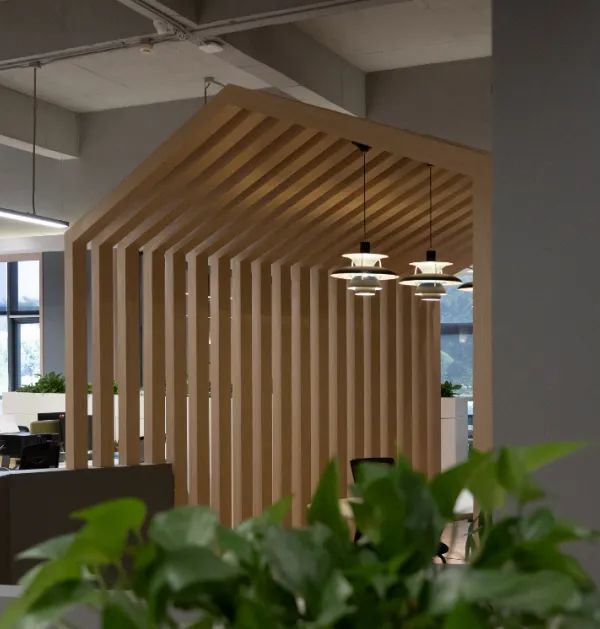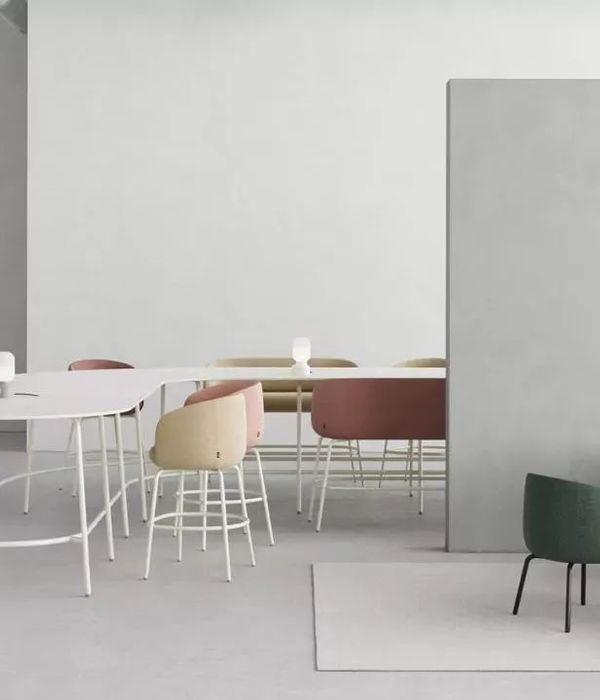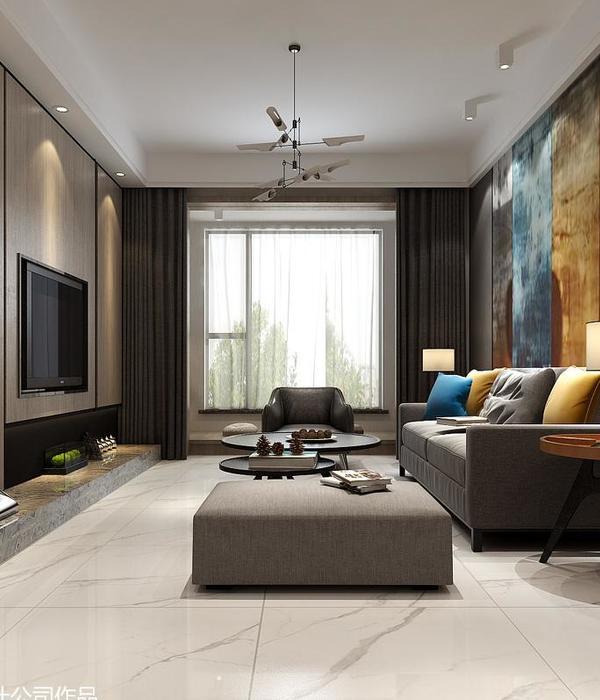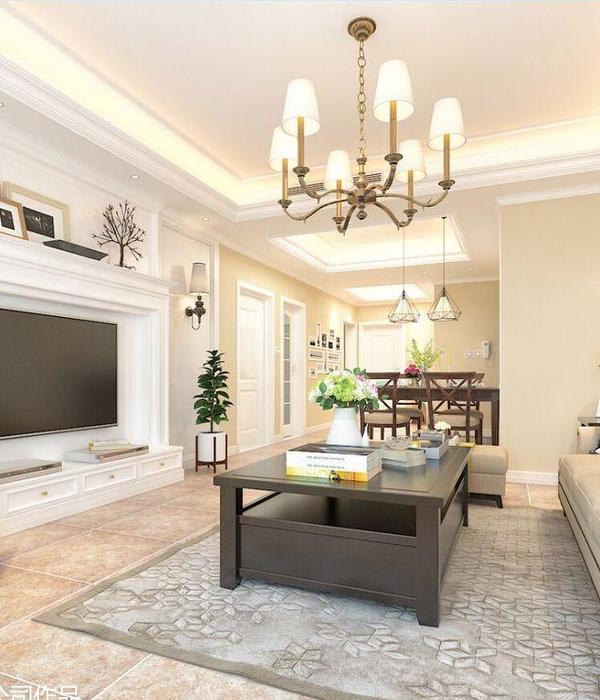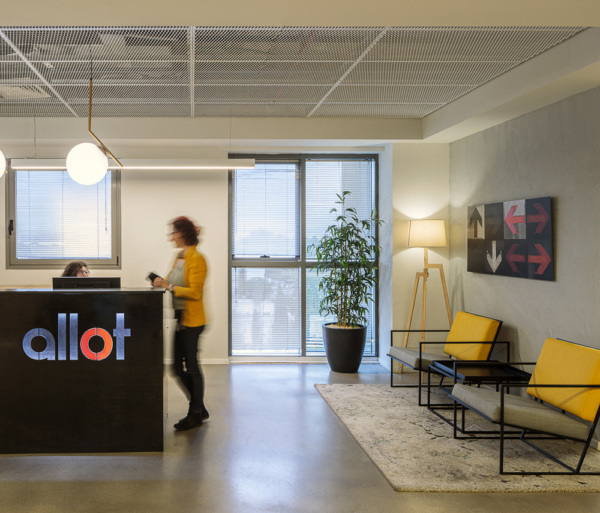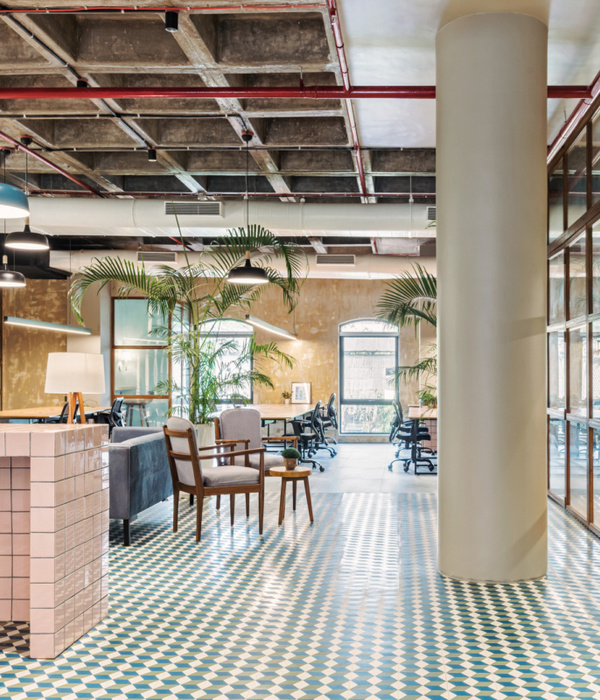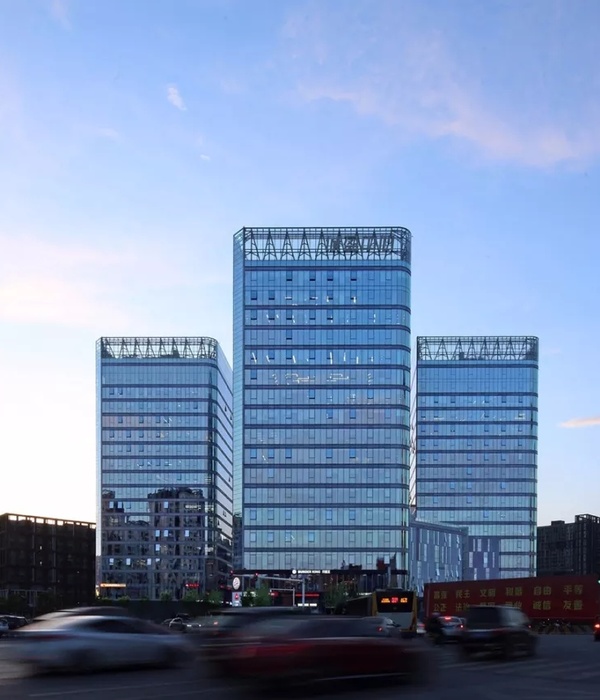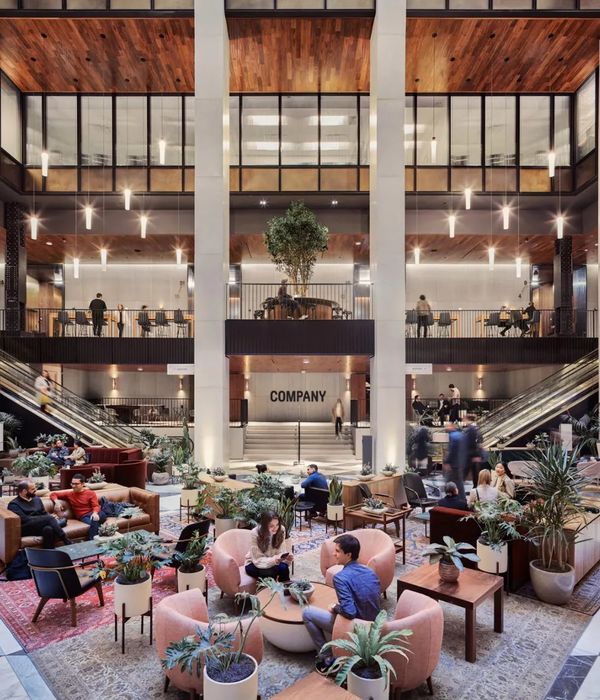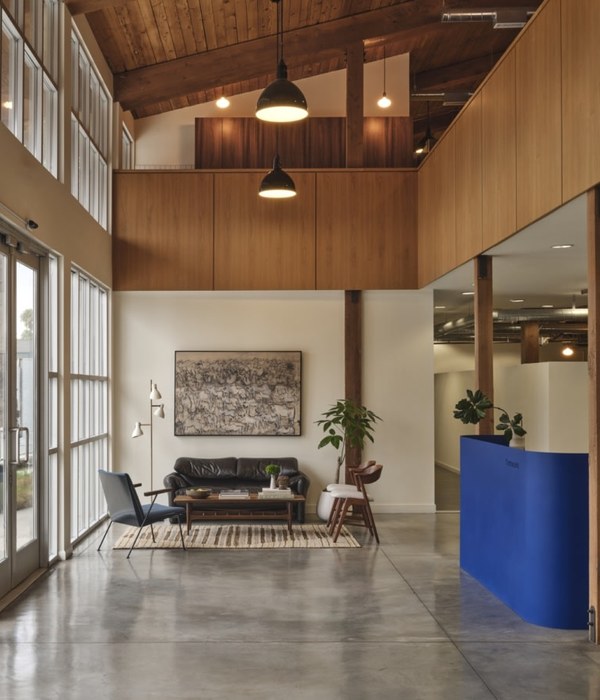8月20日,BIG与Hijjas和Ramboll凭借联手打造的“BiodiverCity”方案赢得了马来西亚槟城南岛总体规划的国际设计竞赛。规划内容包含4.6公里的公共海滩、600英亩的公园场地和25公里的滨海空间。
BiodiverCity方案立足“槟城2030”的发展愿景,着眼于提高城市宜居性、刺激社会和经济的协同发展,以及为后代提供可持续的生存环境。BiodiverCity将成为全新且可持续的全球目的地,为文化、生态和经济的增长提供保障,并致力于在槟城南岛这一全球最具生物多样性的地区实现人与自然的和谐共存。
BIG, Hijjas and Ramboll are selected as winners of Penang State Government’s international competition to design a masterplan for Penang South Islands, providing Penangites with approximately 4.6km of public beaches, 600 acres of parks and a 25km waterfront.
Our masterplan proposal – BiodiverCity – supports the Penang2030 vision with a clear focus on livability, on stimulating a socially and economically inclusive development, and on environmental sustainability for future generations. BiodiverCity will be a new sustainable, global destination where cultural, ecological and economic growth is secured and where people and nature co-exist in one of the most biodiverse places on the planet at the southern shore of Penang Island.
槟城丰富的生物多样性依赖于其多变的地形和受保护的环境,而近年来的城市发展却使沿海地区和自然栖息地遭到了破坏。作为对该问题的回应,BiodiverCity被构想为由三座不同类型的岛屿构成的“城市马赛克”,并提出了一整套城市空间的设计指南,包括提供多用途空间方案、解决行人和交通网络问题、实施可持续建造以及资源获取等。三座岛屿将为1.5-1.8万位居民提供50-500英亩的多功能区域,每个区域的周围还将设置50-100米的连续缓冲带,在建立栖息地连接性的同时也将为保护区、公园、走廊和城市广场边缘的生态环境提供保护与支持。
Penang’s vast biodiversity spans various topographies and protected environments which in recent years have seen its coastal zones and natural habitats disrupted by urban developments. In contrast, BiodiverCity is conceived as an Urban Mosaic of three diverse islands, and a set of urban design guidelines for mixing programs, addressing pedestrian and mobility networks, building sustainably and harvesting resources. The three islands bring together mixed-use districts of 15,000 to 18,000 residents across 50 to 500 acres, and a continuous 50 to 100m buffer around each district, establishing habitat connectivity and supporting edge ecologies in reserves, parks, corridors and urban plazas.
▼槟城南岛鸟瞰, Penang South Islands aerial view
BiodiverCity的第一座岛屿名为“通道”(Channels),将分为三个阶段进行建设:第一阶段为“活力景点”(Active Destinations),包括一个波浪水池和科技公园;第二阶段为“市民之心”(Civic Heart),包含政府和当地研究机构;第三阶段为“文化海岸”(Cultural Coast),旨在彰显槟城乔治市的文化遗产和创意能量,进一步增强其在本国与国际上的吸引力。作为整个区域的核心,Channels岛500英亩的数字公园将为研究、开发和当地企业提供发展平台,并将成为未来会议、教育中心和家庭导向型公园的集中地,吸引当地居民和游客探索科技、机器人和虚拟现实的世界。
▼A岛:“通道”,Island A: The Channels
The Channels, BiodiverCity’s first island, is constructed in three complementary phases: in Phase 1, Active Destinations include a wave pool and technology park; in Phase 2, a Civic Heart establishes governance and research institutions in the area; and in Phase 3, a Cultural Coast builds upon the heritage and vibrant creative energy of Penang’s George Town to create a regional and international draw. As the heart of the district, the Channels’ 500-acre digital park includes spaces for research, development and local business opportunities. Malaysia’s newest public destination will be the future home for conferences, education centers and a family-oriented park where locals and guests can explore the world of technology, robotics and virtual reality.
▼大运河,Grand Canal
▼运动海滩,Bluetopia
▼数字智慧公园,digital smart park
▼城市走廊,Urban Gallery
▼蓝色广场,The Blue Square
第二座岛屿名为“红树林”(Mangroves),也是BiodiverCity的中心岛屿,主要用于商业。该岛建造在受保护的城市湿地网络周围,其名称回应了岛上重要的天然设施——红树林,它为岛屿创造了适宜的环境,亦是高效的“能源站”,其固碳量能够达到普通森林的四倍。红树林岛的中心设有竹子灯塔( Bamboo Beacon),用于举办各种会议和大型活动,旨在将BiodiverCity的知识理念传播到全世界。
▼B岛:“红树林”,Island B: The Mangroves
The Mangroves, BiodiverCity’s second and central island dedicated to businesses, is organized around a network of sheltered urban wetlands, creating suitable environments for its namesake Mangrove forests—an important natural infrastructure that doubles as effective powerhouses for sequestering more than four times as much carbon as a typical forest. At the center of the Mangroves, the Bamboo Beacon hosts meetings, conferences and major events—broadcasting the knowledge developed in BiodiverCity out to the world.
▼竹子灯塔, Bamboo Beacon
此外,城市中还遍布着各类公共设施,以促进包容性发展、提高城市生活的参与度。 BiodiverCity中的建筑均以环保高效为标准,并将尽可能使用低碳材料,例如竹子和马来西亚当地木材,同时结合以绿色混凝土(一种由工业废料和回收材料构成的可持续材料)。大面积的绿色屋顶、立面和公共/私人开放空间将共同将岛屿塑造为一个近乎连续的生境嵌合体,同时与岛屿边缘的森林、海滩、河岸及河口地带形成融合的关系。
In addition, civic amenities are distributed throughout the city to promote inclusive growth and participation in urban life. The buildings in BiodiverCity will be designed to perform efficiently and will to a large extent be constructed by low-carbon materials such as bamboo and Malaysian timber in combination with green concrete, a sustainable alternative comprised of industrial waste and recycled materials. By encouraging green roofs, facades, public and private open spaces, the islands can form a nearly continuous habitat mosaic feeding back into the forests, beaches, riparian zones and estuaries at the island’s edges.
▼Infra-Hill
▼Serenity Point度假休闲区,Serenity Point (wellness retreat)
▼心灵花园,Spiritual Gardens
▼清真寺,Grand State Mosque
第三座岛屿名为“Laguna”,取湖泊之意。该岛位于BiodiverCity的最西边,围绕中央码头而建,是一个充满生态活力的绿洲。八个小型的岛屿构成了一个微型的群岛,岛上建筑充分利用了Tanjung Gertak Sanggul的天然地形,形成了浮动的、架空的以及阶梯式的形态,并通过一条条水道在渔船停靠点与开放水域之间建立起顺畅的连接。
The Laguna, BiodiverCity’s westernmost island, is an oasis for ecological living, organized around a central marina. Eight smaller islands form a miniature archipelago, where floating, stilted and terraced housing takes advantage of the natural setting of Tanjung Gertak Sanggul, and where fisherman landing points can easily access the open waters by navigating each of the island’s waterways.
▼C岛:“湖泊”,Island C: The Laguna
新建造的海洋栖息地将为当地物种提供产卵场所,从而提高水下的生物多样性;休憩点和孵化场则将促进槟城南岸本土社区的发展。由生态走廊构成的网络连接了森林保护区和海滩,并将为整个岛屿的栖息地和社区提供支持。在人居区域,连续的亭台和水道为动物们提供了安全的路径;而在自然栖息地,人们也可以安全地进入高架的木板路。
Meanwhile, newly established marine habitats support biodiversity underwater by providing spawning grounds for native species, and recreational points and hatcheries support the local communities along Penang’s southern coast. A web of ecological corridors connects forest reserves to coastal beaches while supporting habitats and communities across the islands. Within human-populated areas, animals are given safe passage through the continuous canopy and waterways, and within natural habitats, people can safely access elevated boardwalks.
▼中央码头,Center Marina
▼渔民部落,Fishermen’s Kampong
▼集散中心,The Hub
BiodiverCity构建了一个独立自主的、同时将水、陆、空三种维度融合起来的公共交通网络,旨在为自行车和行人提供安全而友好的道路体验。不同的区域在平台的下方形成有效连接,一方面能够显著提高运输、服务和地面通勤的效率,另一方面也最大程度地保障了整个公共领域的行人安全。
BiodiverCity supports a water, air and land-based autonomous public transportation network, aiming for a car free environment where streets serve as a safe and welcoming thoroughfare for bikers and pedestrian. Districts are efficiently connected below platforms to increase the efficiency of goods, services and regional mobility, while maximizing pedestrian safety throughout the public realm.
▼日落大桥,Sunset Bridge
▼日落海岸,Sunset Beach
▼整体规划模型,model – overview
▼A岛模型,model – Island A
▼B岛模型,model – Island B
▼C岛模型,model – Island C
PROJECT DATA
Name: BIODIVERCITY PENANG
Code: PSI
Date: 19/08/2020
Program: Commercial
Status: In Progress
Size in m2: 4500 acres
Project type: Competition
Client: Penang State Government, Malaysia
Collaborators: Hijjas (Local Architects and Planners); Ramboll (Project Manager and Engineer); Web Structures (Geotechnical and Structural Engineering); Web EM (Sustainability); Ernst & Young (Economic Advisor); Knight Frank (Real Estate); KPK (Quantity Surveyor); Green Growth Asia Foundation (Ecology and Conservation); Universiti Teknologi Mara (Marine Engineer); Lucian R (Visualizations)
Location Text: Penang, Malaysia
Location: (5.4163935,100.3326786)
PROJECT TEAM
Partners-in-Charge: Bjarke Ingels, Daniel Sundlin, Kai-Uwe Bergmann
Associate-in-Charge: Jeremy Alain Siegel
Project Leaders: Shane Dalke, Autumn Visconti, Veronica Acosta
Team: Jeffrey Shumaker, Jamie Maslyn Larson, Stephanie Mauer, Mike Munoz English, Max Moriyama, Thomas McMurtrie, Mateo Fernandez, Lingyi Xu, Yao Tong, Yanan Ding, Won Ryu, Alan Fan, Sangha Jung, Christian Cueva, Jordan Felber, Bernardo Schumaker, Terrence Chew, Chris Pin, Tracey Sodder
{{item.text_origin}}

